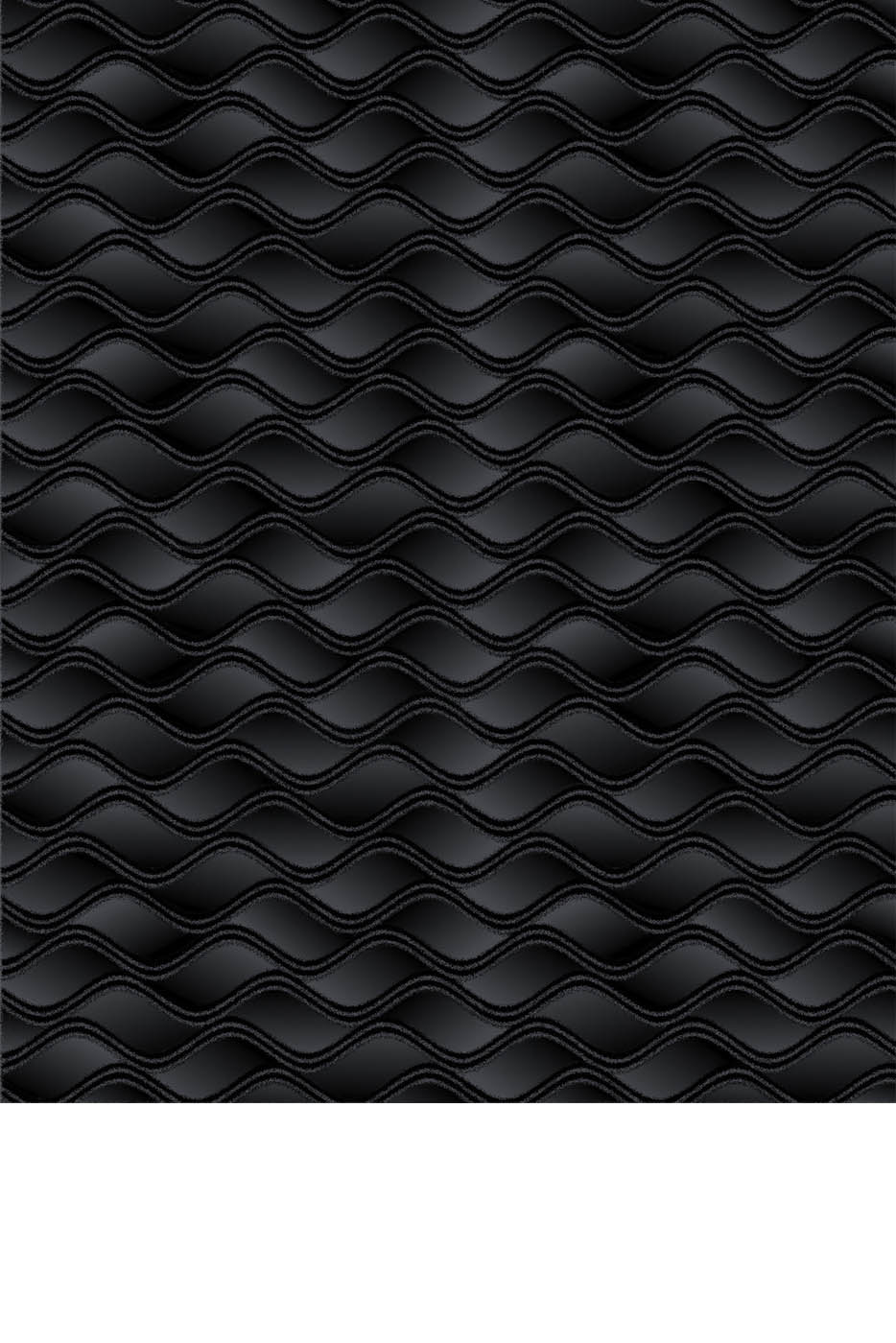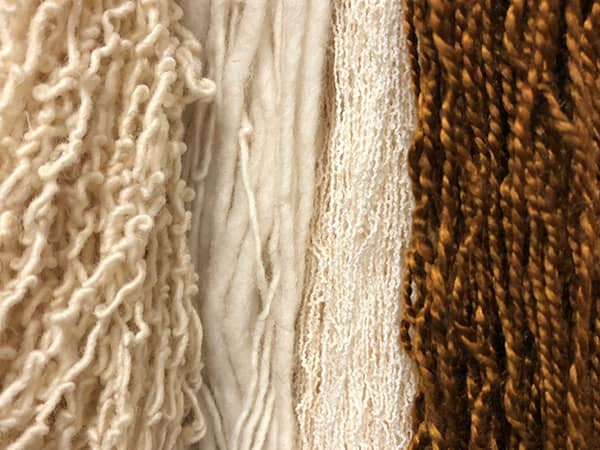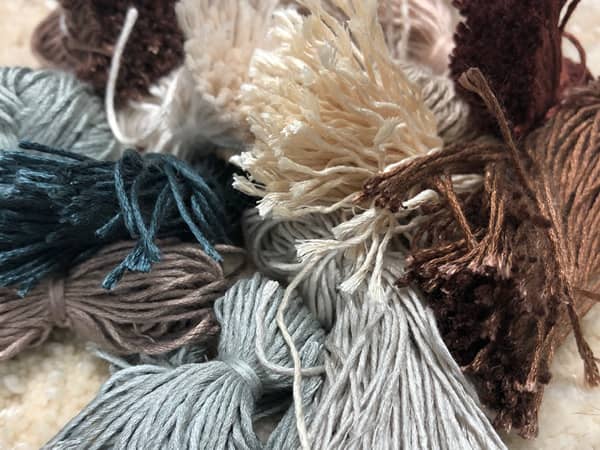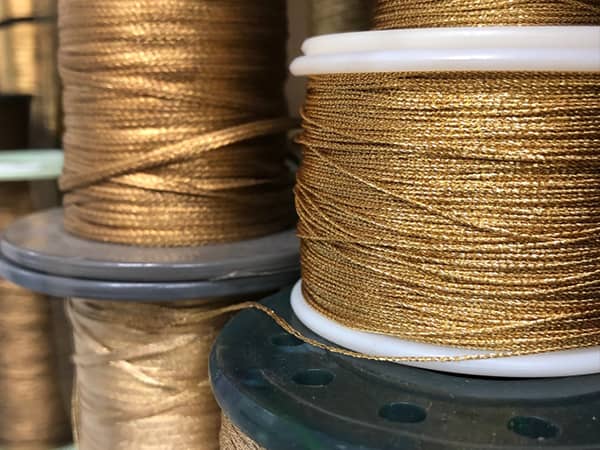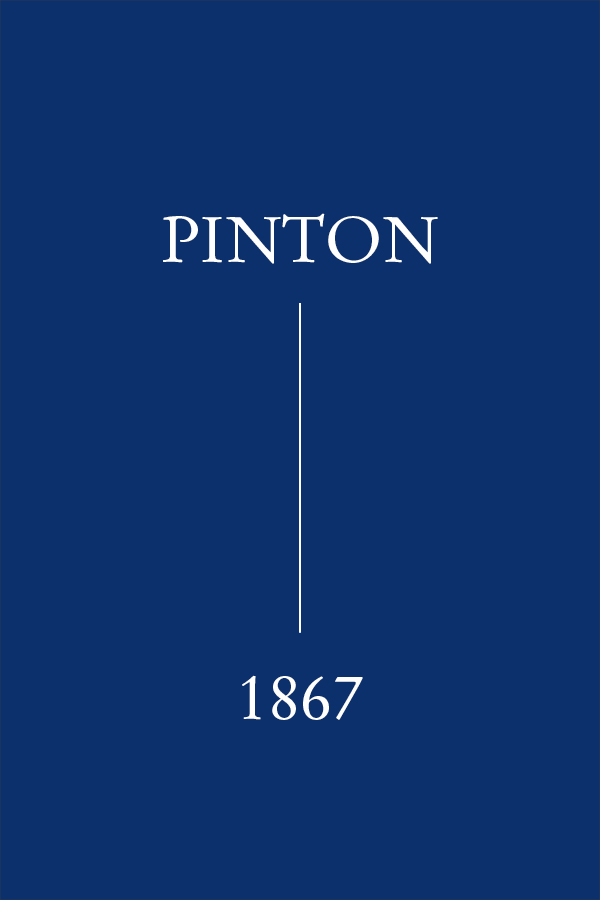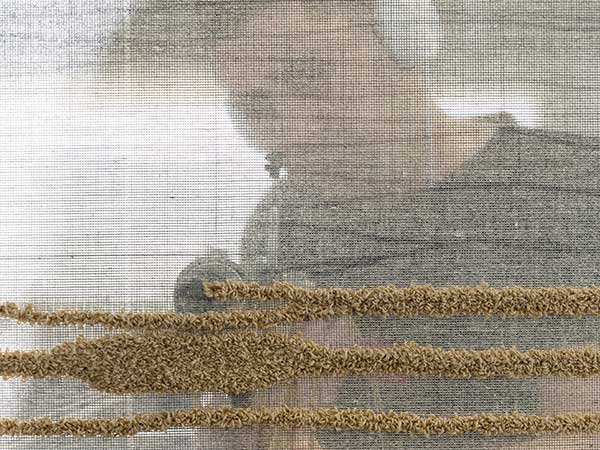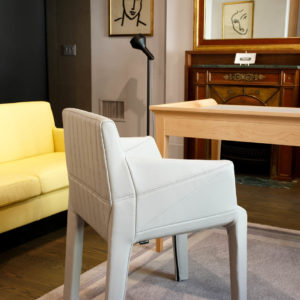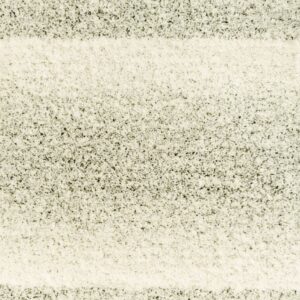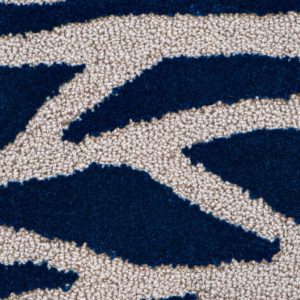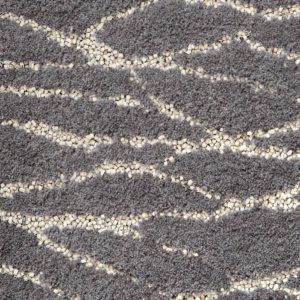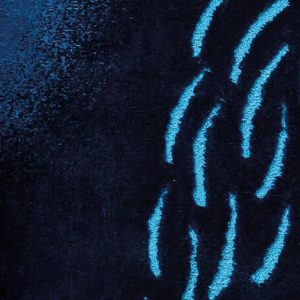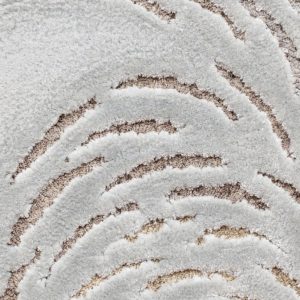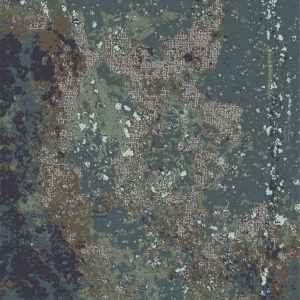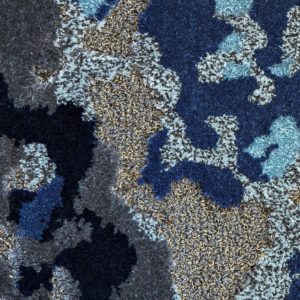Haridwâr
3150,00€
by Pinton
HAUTE COUTURE & PRÊT À PORTER
MATERIALS a choice silk, metallic threads &
TECHNIQUE Hand tufted
SIZE a choice
PRICE ON REQUEST. CONTACT US.描述
wool
Wool is an animal fibre, most often derived from sheep fleece. Wool was already being spun as early as 5,000 BC. In Roman times, wool, leather and linen were the main materials used to make clothes. With the progressive development of mechanical processes and the evolution of breeding techniques, wool became the economic lung of several countries in the Xth century, and again in the XIIth. Renowned for its thermal and sound insulation properties, wool also offers the advantage of absorbing moisture. It is a noble and timeless material, used from time immemorial for its strength and durability. PINTON uses local wool with shorter carded fibres, which make it fluffier and give it more volume, or a specific type of wool from New-Zealand with long combed fibres that are more resistant to heavy traffic. Both types of wool are spun (carded or combed) and dyed in the spinning plant located in Felletin. Whether they are made in 100% pure virgin wool or blended with other materials like linen, silk, bamboo, leather or many others, PINTON wool rugs and carpets bring comfort and quality.
silk
Silk is a natural animal fibre derived from the cocoon spun by the caterpillar of the bombyx mori (worm of the mulberry tree), unsurprisingly called the “silkworm”. Invented in China in the IIIrd millennium before Christ, silk wasn’t produced in Europe, mainly in Italy, before the end of the Middle Ages. And it’s only under the reign of Henri IV that silk production developed in France with the planting of 4 million mulberry trees in the Ardèche, Dauphiné and Cévennes areas. Silk threads are very strong and quality weaving makes silk very resistant. It gives a particular shine to the woven pieces and combines easily with other materials such as wool or bamboo. In its Couture collection PINTON offers 100% silk rugs, incredibly soft. In tapestries silk is most often used in complement of one or more other materials like wool or even cotton.
metal threads
A few thousand years before Christ, Roman, Chinese, Persian and Egyptian craftsmen used to cover in gold leaf the threads that they were going to weave for the rich and powerful. Later, weavers used gold and silver threads to embellish tapestries woven out of wool or silk. These threads were difficult to work and extended production times. They required particular skills, passed from generation to generation. From the XVIIth century onward, new techniques made it possible to create very fine metal threads able to go through fabric. Today, the metals used with textile fibres are silver, gold and copper, but also aluminium, iron or stainless steel, and come in every colour. In PINTON’s Couture collection, these fabulous threads are inserted alongside traditional wool or silk yarns, to create poetic and graphic pieces imagined in partnership with contemporary artists and designers.
Pinton
While the history of PINTON is punctuated with fruitful collaborations and fascinating encounters, it is also marked by the wealth of talents in its midst. For over a decade, a team of 4 creatives coming from diverse backgrounds devote their time to designing rugs and carpets for the PINTON manufactory. Driven by shared curiosity, constant research and dialogue, the team is continually enriching the firm’s collections with new patterns or designs, combinations of materials and colours, as well colour variations. Capturing trends, listening to customers’ wishes, in direct connection with the company’s history and located under the same roof as the craftspeople and the workshops, at the crossroad of the creative and production processes, the PINTON team of designers are at the heart of the business.
hand tufted
The hand tufting technique is a process combining centuries-old skills and modern weaving tools. The canvas is perfectly stretched over an upright loom and the craftsperson transfers by hand the future design of the rug with the utmost precision. Threads are inserted manually, one by one, working with a gun on the back of the canvas, following the colours, the drawing and the different tuft heights. PINTON was one of the first manufactories to use the gun tufting technique to produce some of its rugs and carpets and is the only French workshop offering very high quality tufted rugs. With this technique, production times are reduced compared to the knotted stitch weave or point noué. Finally, hand tufting offers a large range of possible depths. Carving is the technique that consists in sculpting the wool and creating textures within the woven rug. Since the early 1990s, PINTON has been specialising in the production of hand tufted rugs for which it also collaborates with famous designers and artists.


